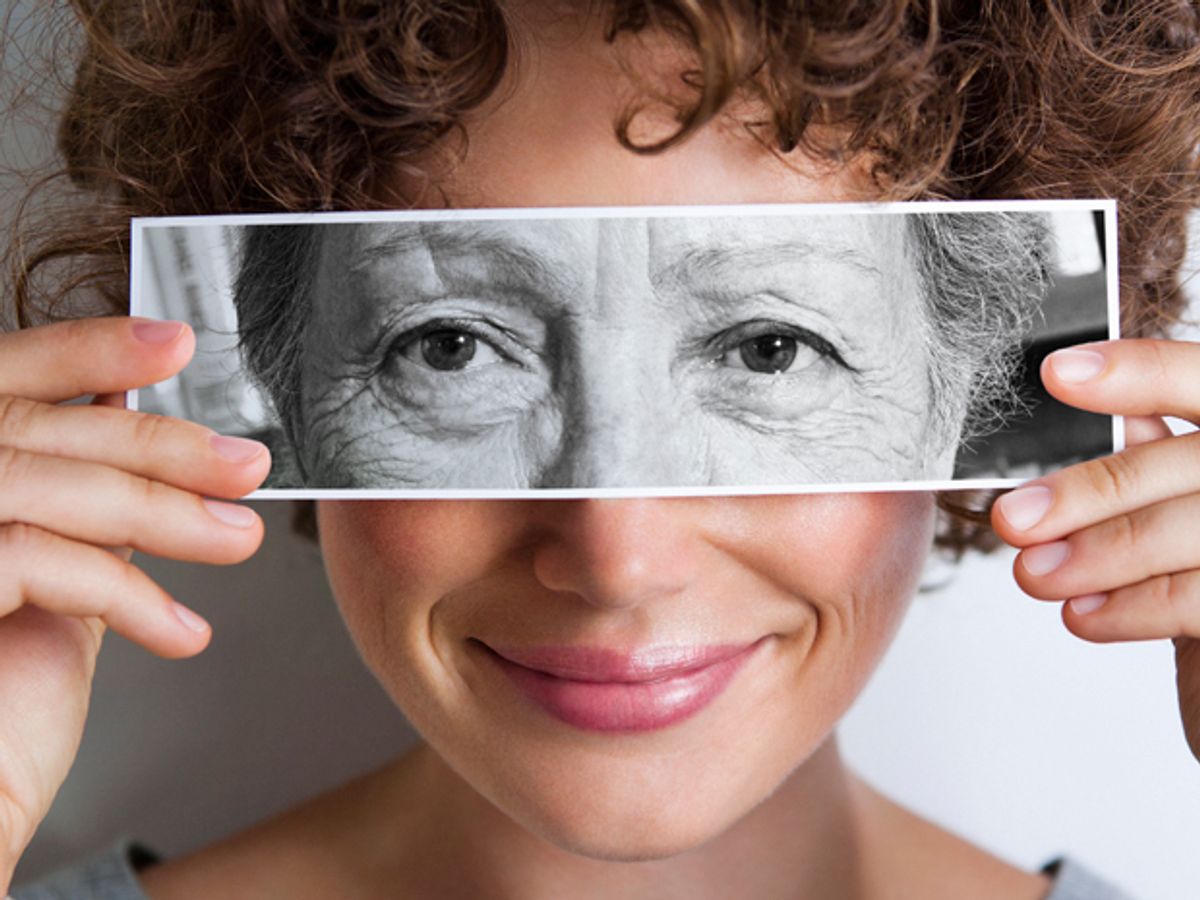Parents who want to know how their baby might look as an adult could eventually see their child’s visual transformation from a toddler to an 80-year-old in less than a minute. The world’s first automated aging software can make a set of predictions based on a photo of a child’s face and then turn out a series of images illustrating those guesses—all in about 30 seconds on a standard computer.
The new software works its predictive magic by using thousands of faces of the same age and gender as the young child in question. It calculates the averages from the visual changes of the faces in online photos, and then applies the changes to the child’s photo. Such a technique can predict a person’s future features up to the age of 80—a potentially useful tool for both police investigations and curious netizens who want to know what their future might bring.
“Our extensive user studies demonstrated age progression results that are so convincing that people can’t distinguish them from reality,” said Steven Seitz, a professor of computer science and engineering at the University of Washington, in a press release. “When shown images of an age-progressed child photo and a photo of the same person as an adult, people are unable to reliably identify which one is the real photo.”
Seitz developed the software with Ira Kemelmacher-Shlizerman, an assistant professor of computer science and engineering at the University of Washington. The researchers showed their algorithms’ effectiveness in an experiment that asked participants to identify the real photos of 82 actual people compared with software-generated photos. The test results showed participants picked the artificially-rendered photos about as often as the real-life photos.
The research, funded by Google and Intel, led to a paper that will be presented at the IEEE Computer Vision and Pattern Recognition conference in Columbus, Ohio, this June. The software currently makes its predictions based on gender and age alone, but the University of Washington researchers hope to eventually account for factors such as ethnicity, hair whitening, and wrinkles.
An automated approach to aging faces could replace traditional methods that require human artists and editing software to guess at person’s future facial shape and appearance. That could prove particularly useful in the case of police investigations of missing persons or searches for wanted persons on the run from authorities. But ordinary people including curious parents and bored netizens may also like the idea of such software becoming available as an online tool or smartphone app.
Jeremy Hsu has been working as a science and technology journalist in New York City since 2008. He has written on subjects as diverse as supercomputing and wearable electronics for IEEE Spectrum. When he’s not trying to wrap his head around the latest quantum computing news for Spectrum, he also contributes to a variety of publications such as Scientific American, Discover, Popular Science, and others. He is a graduate of New York University’s Science, Health & Environmental Reporting Program.



